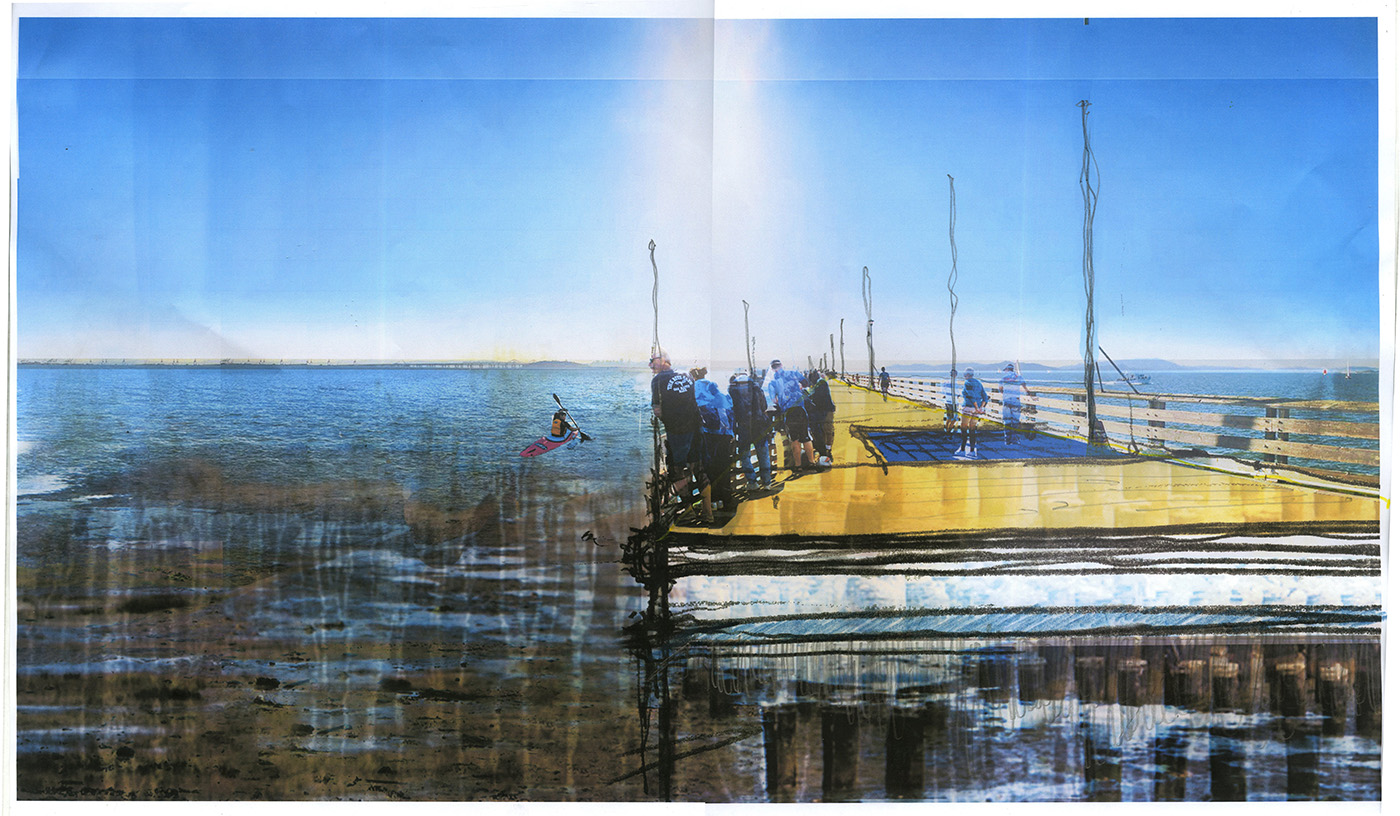WORK
XTREME LA Charrette 2013
XTREME LA is an annual two-day design charrette that brings together a select group of landscape architects and students as part of an intense creative experience focused on a critical landscape planning and design challenge. This year, the charrette addressed rising sea-level and habitat loss in the San Francisco Bay. Fifteen UC Berkeley MLA students partnered with 12 emerging professionals from around the country to imagine alternate futures for the Berkeley Pier and to produce aesthetically and ecologically innovative ideas for shoreline design interventions.








